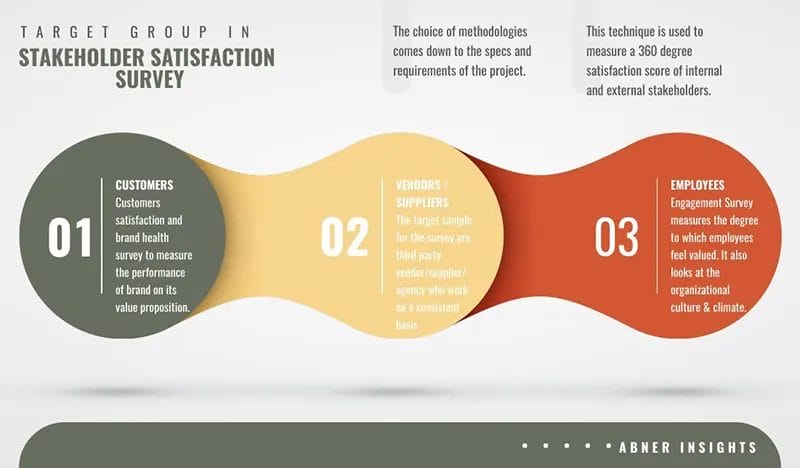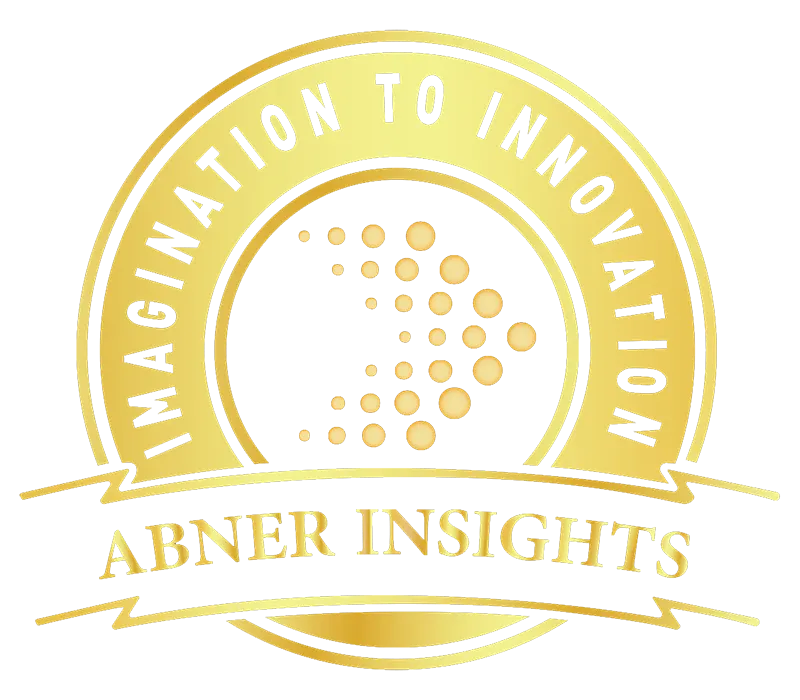Customer Satisfaction is the Bare Minimum
Customer satisfaction (CSAT score) is a vital measurement to determine how well a brand meet customer expectation. It’s no doubt one of the primary indicators of purchase intentions and customer loyalty to predict business growth. However, in today’s hyper-competitive environment, CSAT is the new normal. Businesses need to dig deeper to measure the satisfaction rate of supplementary stakeholders (like employees, and distributors) as they act as the business touchpoints.
The more satisfied the supplementary stakeholders are, the more likely are the customers.

Balance the Intrinsic, Extrinsic Stakeholders
It is vital that organizations build healthy and balanced relationships with their stakeholders, as the level of business authenticity is determined by how well they meet their stakeholders’ demands. Stakeholders can be internal (employees, investors) or external (customers, vendors, suppliers, distributors). Be it internal or external these are people whose interest in a company comes through a direct relationship, and the level of their satisfaction or dissatisfaction impacts the business outcomes. Stakeholders are the driving force for all business.
As a rule, stakeholders can be divided into three levels:
- Customers
- Vendors/ Suppliers/ Distributors
- Employees

Stakeholders Satisfaction Survey
Also termed the Partnership Evaluation Survey, comprises questions that gauge the stakeholder’s perception of the business. It is a three-dimensional study:
1. Customer Satisfaction Survey:
CSAT survey measures customer sentiment and helps businesses understand customer perspectives on their brand, products, and customer service. The requirements are for the survey to be simple, concise, and interactive. The degree of customer satisfaction, recommendation rate, and responsiveness are the key indicators here.
Four meaningful customer satisfaction metrics are:
- Net Promoter Score (NPS)
- Customer Satisfaction Score (CSAT)
- Customer Effort Score (CES)
- Churn or Retention Rate.
2. Third-Party Satisfaction Survey:
Intended to promote suppliers and vendors to evaluate their client’s satisfaction regarding their business dealings. This survey template aims to identify the requirements of the client and the factors that can strengthen the vendor-customer relationship. The survey can cover all organization relationships like vendors, suppliers, agencies, and distributors who work on a consistent basis. There are three factors that are measured:
- Personnel factor
- Strategic factor
- Operational factor
3. Employee Satisfaction Survey:
The employee engagement index measures the degree to which employees feel valued. The research also looks at the organizational culture and climate. A well-structured employee engagement survey measures 16 dimensions of organizational climate that are critical to high performance:
- Fairness or fair treatment
- Communication
- Leadership quality
- Career Development and training
- Work-life balance
- Teamwork
- Job Security
- Rewards & recognition
- Innovation
- Employee Involvement
- Use of Resources
- Quality of Work life/ Work Environment
- Strategic Planning
- Performance Measures
- Diversity
- Supervision
Conclusion
It’s much more economical and easier to retain your existing customers than it is to find new ones. The possibilities are endless when you use your customer feedback to close the loop and influence change.
It is smart to measure customer satisfaction, but it’s smarter and holistic to measure stakeholder satisfaction for a 360-degree evaluation. By opening the door for your stakeholders to have their say, you’ll get ideas about avenues you can explore to improve your business to stay ahead of the competition.
